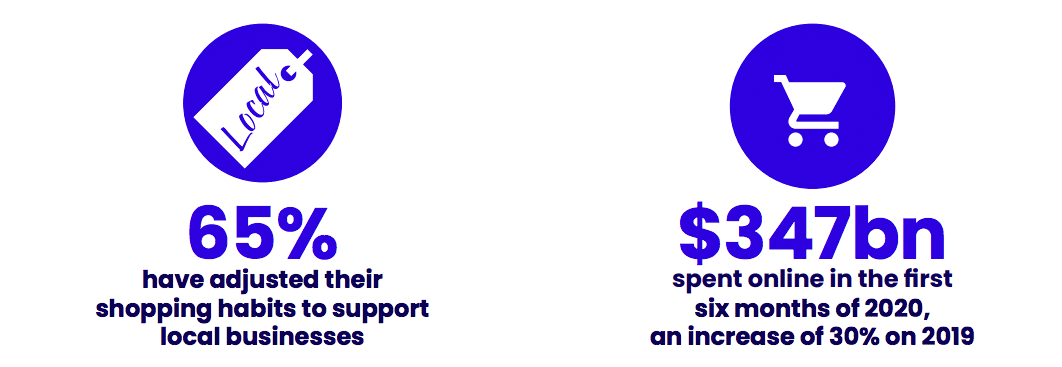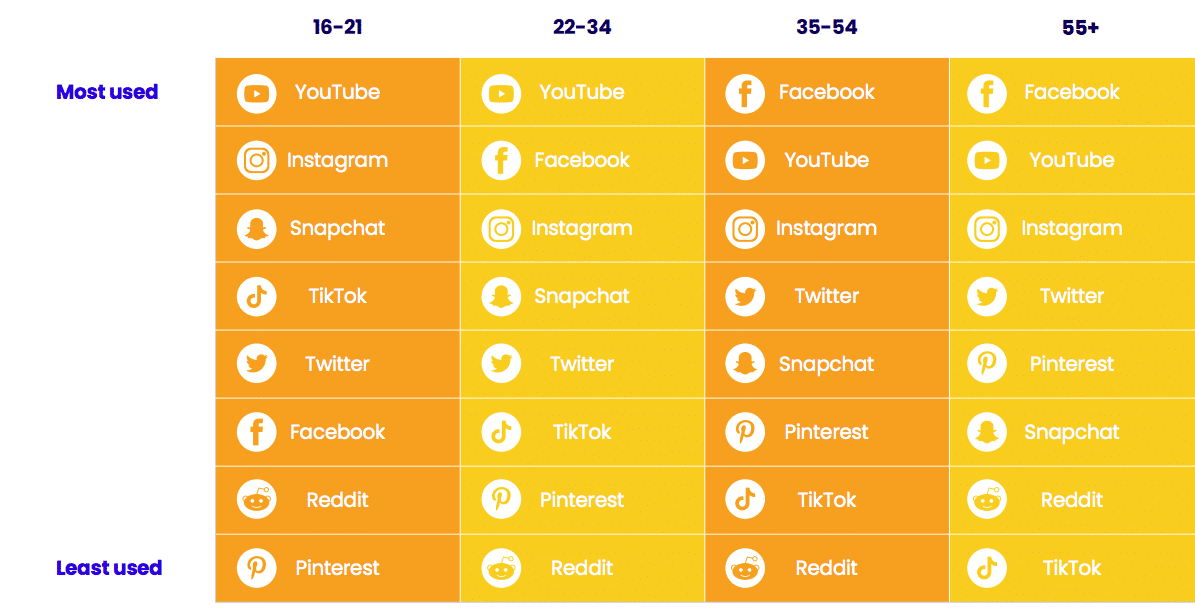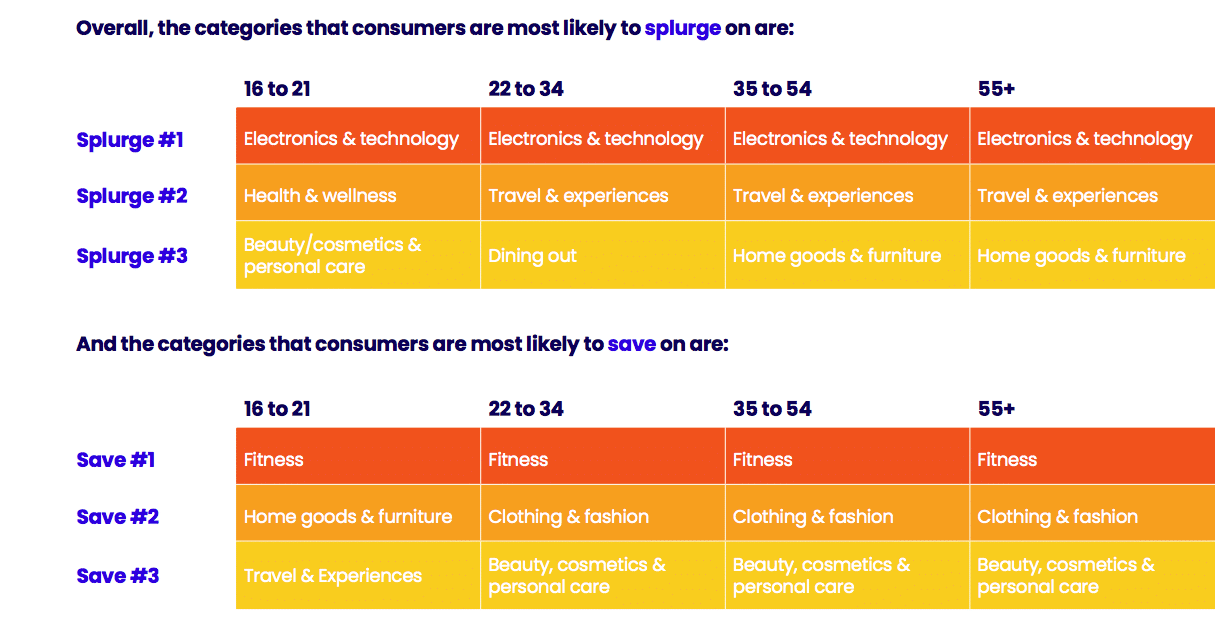Following a year that saw monumental changes in consumer behavior, new research from 5W Public Relations, one of the largest independently-owned PR firms in the U.S., looks at today’s consumer spending culture—and the biggest influences behind buying behaviors.
The firm’s newly released Consumer Culture Report offers insights to help brands tap into consumer’s wants, understand patterns, concentrate resources on trending areas, and connect brands with appropriate target audiences. This year’s areas of research include pandemic spending habits, e-commerce, impulse behaviors, social media use and influencers, brand loyalty, and the increasingly large role Gen Z is playing in consumer culture.
The pandemic has proven to be the greatest influence on consumer behaviors, and the report reveals just how much change has taken place. The average consumer is now spending more than half an hour longer per day online shopping than they did before the outbreak of COVID-19. Gen-Z proves to be the most susceptible to e-commerce with 45 percent of the generation increasing their time online shopping up to four hours a day, followed closely by 44 percent of Millennials.
“This past year the consumer industry has been transformed in an unimaginable way,” says 5WPR President Dara A. Busch. “The behavioral learnings uncovered in the Consumer Culture Report help to give context to these changes. Many traditional practices and messaging no longer reflect the modern consumer, or their new normal. The results of this research have revealed key takeaways for a path forward.”
On the digital side, the report looks at social media and the platforms currently holding the greatest influence over consumers. When it comes to spending, 46 percent of respondents across all age groups have purchased a product they saw on social media, a 10 percent increase from 2020, and almost a fifth of all Instagram users have purchased a product directly from a brand’s profile. However, on average, consumer’s impulse purchases have dropped from 50 percent to 38 percent in the last year, illustrating the need for a strategic approach when advertising on social platforms.
This year’s research also shines a spotlight on Gen Z consumers, who boast a combined spending power of $150 billion. Almost 80 percent of Gen Z shoppers somewhat or strongly agree that online shopping allows them to buy products from a small or new company they may not find in stores, however, half of them still prefer finding new products in-store to finding them online. While e-commerce reigns supreme another year, these findings suggest hope for retail on the other side of the pandemic.
“The interest of young consumers, specifically Gen Z, will determine the industries that can expect growth in 2021,” says 5WPR Founder and CEO, Ronn Torossian. “Being among the most vocal and socially active, connecting with Gen Z will be an important relationship for brands looking to emerge into a struggling market. Furthermore, markets where this generation shows interest, will launch trends we can expect to see carry on through the year.”
When it comes to brand loyalty, the research reveals Gen Z and consumers aged 55+ are the most vocal. While Gen Z is the most adamant in their beliefs that companies they buy from align with their values, with 56 percent somewhat or strongly agreeing, those aged 55 and up are the least forgiving and most likely to boycott a company entirely because of their stance on an issue. The research also reveals Gen Z is the age group most interesting in buying products that show off their political beliefs.
Download the full report here.
5WPR’s 2021 Consumer Culture Report was conducted by Censuswide, with 2,000 respondents aged 16+ in the USA between 14.09.20-18.09.20. The survey was conducted from a nationally representative of American adults. Censuswide abides by and employs members of the Market Research Society which is based on the ESOMAR principles.











